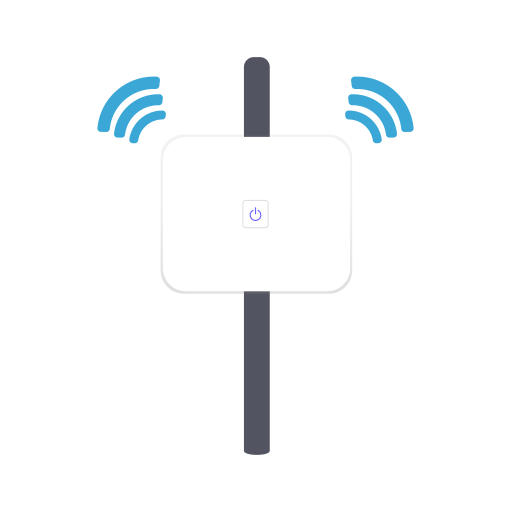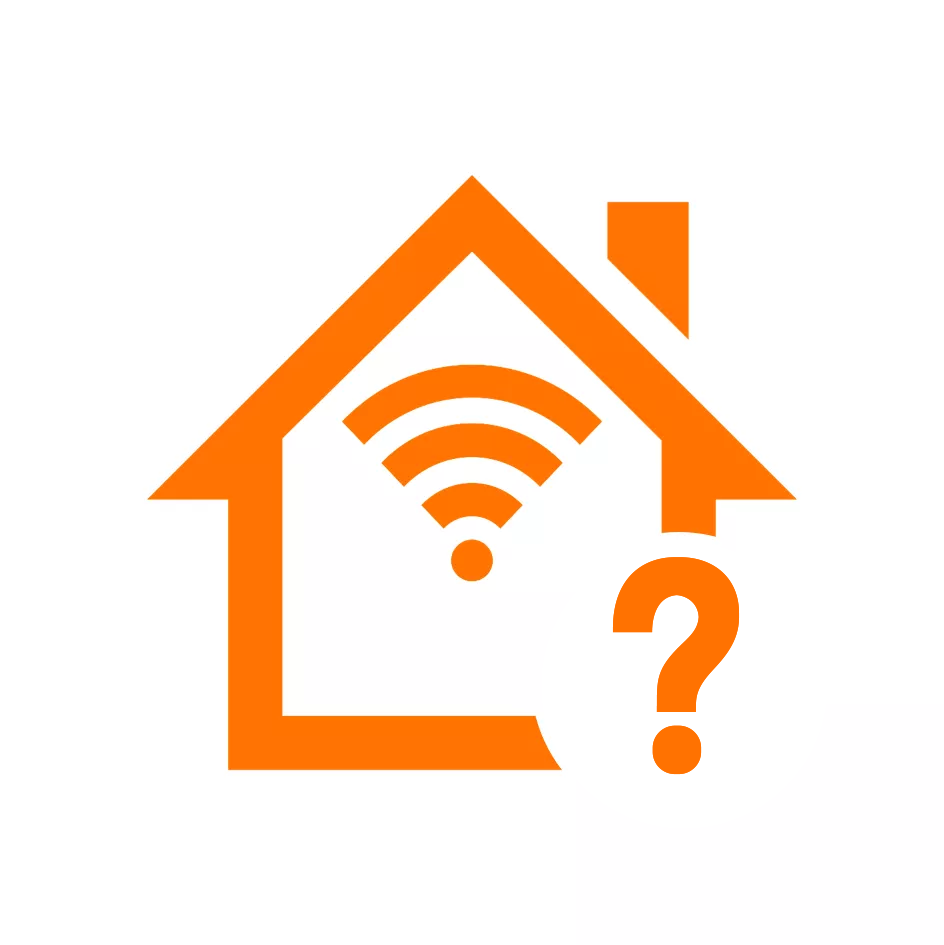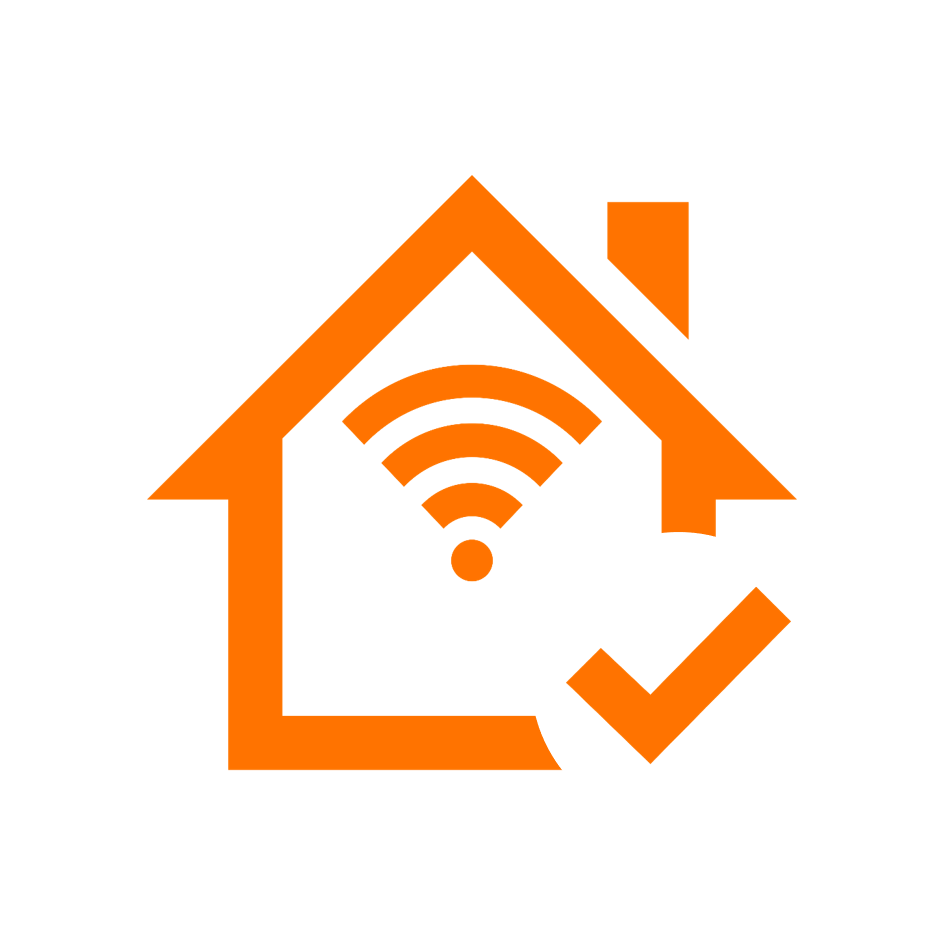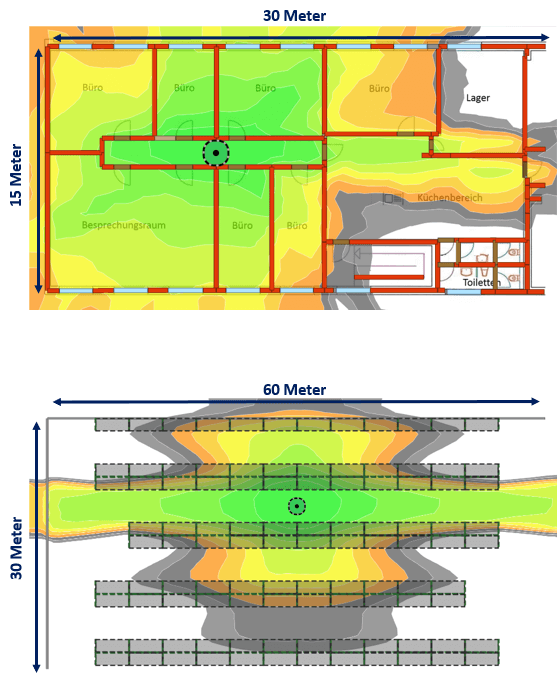


Saving costs
Professional WLAN planning helps to avoid unnecessary costs. An accurate needs analysis and the correct placement of the access points can optimize the number of devices required. This saves investment costs and reduces ongoing operations.
Saving resources
Leave Wi-Fi planning to our experts, while you and your staff can continue to focus fully on your core business to save resources.
Maximum efficiency
Efficient network design enables reliable and fast data transfer, minimizes disruptions and bottlenecks, and improves overall network performance to ensure smooth communication and efficient workflow.
Understanding your goal together
Together with our WLAN experts, determine your individual requirements for WLAN planning. From the number of access points, to the desired performance and coverage, together with you we create a detailed performance profile that meets your needs.

Analysis of your construction plans
Here it must be clarified before the actual planning, where important and rather unimportant WLAN reception areas are located and what special features are to be considered in the construction design. For example, the attachment positions of the access points play a role - after all, we must first agree whether the access points will be attached to the ceiling or wall. Also WLAN interference sources (e. g. steel shelves, additional walls, etc. ), which are subsequently integrated into the infrastructure as well as legal requirements and aspects should be a mandatory part of our analysis.

The WLAN planning
Now, taking into account points 1 and 2, WLAN planning can begin. On request, dates for interim reports can be arranged in this phase depending on the size of the project.

WLAN reference measurement (recommended)
On request, a measurement can now be carried out in the respective buildings using reference devices (access points, spectrum analyzers, etc. ). At the planned positions of the access points, specialized WLAN measuring devices and software are used to check whether the actual signal strength, transmission rate and network stability also correspond to our planning and interference sources (which we did not have on the screen during the analysis) can be determined. The collected data is analyzed to identify bottlenecks or problems and to derive targeted optimization measures for the WLAN network. Such a WLAN reference measurement can also initially serve to clarify the structure.

Documentation
Based on the -WLAN planning, we create the documentation of your WLAN infrastructure. It contains graphical representations of all WLAN parameters, which are also subsequently used for the configuration of the access points. Furthermore, the documentation allows you to see exactly which positions and at what height the access points are mounted.

Building plans
An accurate knowledge of spatial conditions is crucial to effectively plan a Wi-Fi network. By analyzing your building plans, we can determine the optimal placement of the access points to ensure uniform coverage and minimal signal interference. With this detailed planning, we can also consider potential sources of interference such as walls, metal structures or other obstacles and take appropriate measures to achieve the best performance.
Tell us your requirements
In addition to the structural conditions, it must be clarified in advance which data is to be transmitted over your WLAN network. Are there compliance requirements or other legal restrictions? How many users use Wi-Fi? Do you just want to send e-mails, set up a control of printers and scanners or are we already moving into the area of voice-over-IP or other demanding transmissions?

